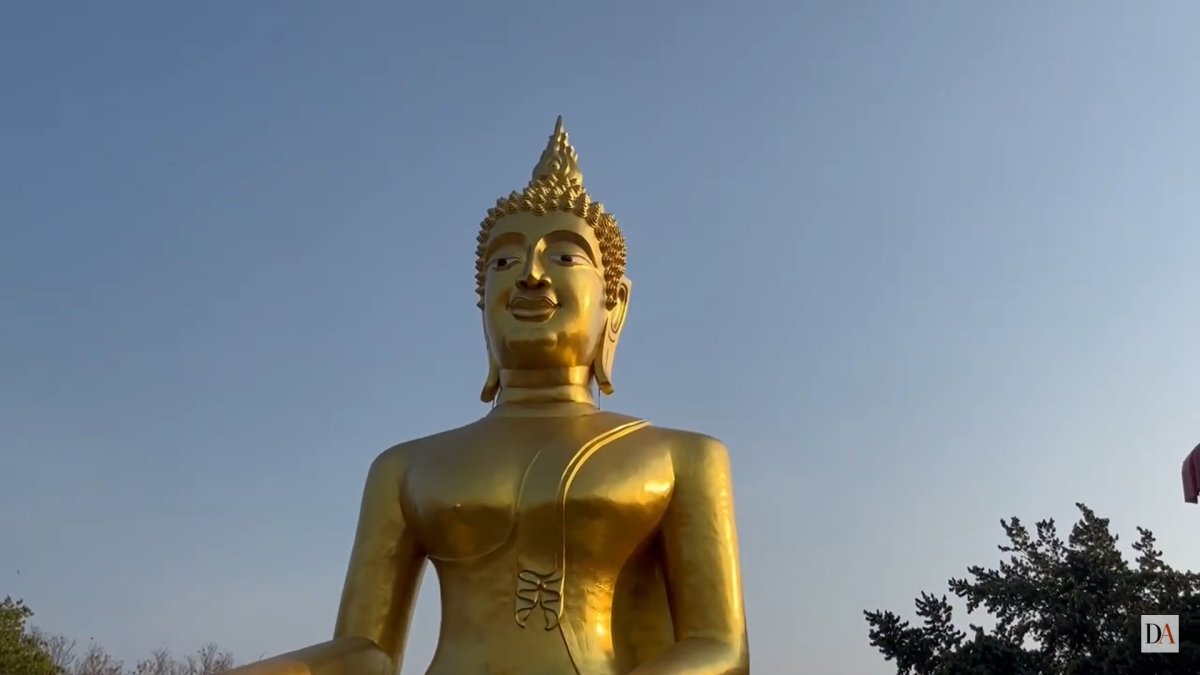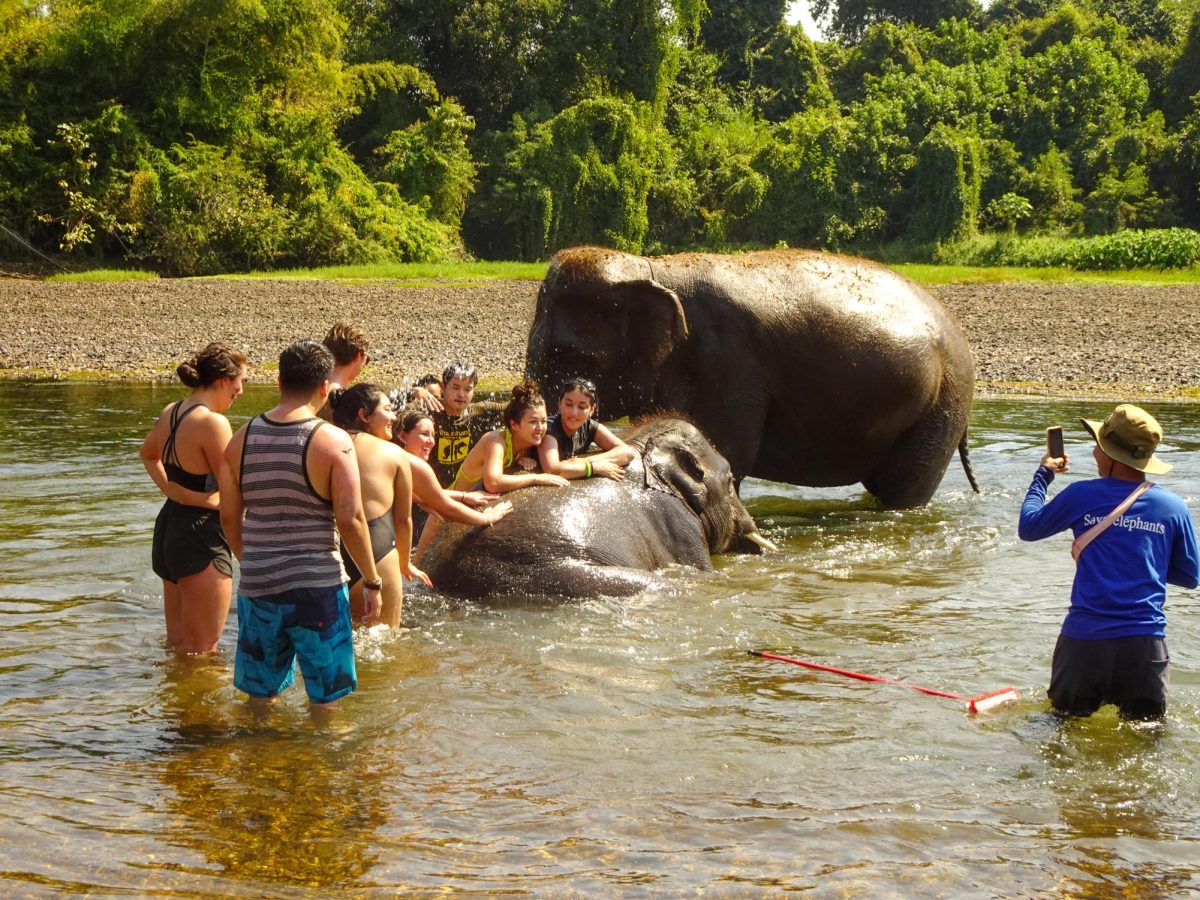 Gamecocks, Plainsmen and Trojans — problems with campus mascotsand nicknames are whizzing their way through the media again.
Gamecocks, Plainsmen and Trojans — problems with campus mascotsand nicknames are whizzing their way through the media again.
University of South Carolina’s mascot, the Gamecock, has recentlybeen criticized for glorifying cockfighting. The mascot has been usedat the university since 1904.
Last month, People for the Ethical Treatment of Animals asked theSouth Carolina campus to remove the mascot.
Theuniversity is refusing to comply. John Palms, the university’spresident, sent a letter to PETA outlining the mascot’s historicalsignificance to the school and saying it would be the mascot for manyyears to come.
St. Petersburg College in Florida recently changed its old mascot,the Trojans, to the Titans, an attempt to avoid the jokes about thecondom company that shares its name.
The school has used the name since the early 1930s. It was changedin June, when the campus upgraded from a junior college to anaccredited four-year university.
A committee spent five months looking at alternatives. The choicecame down to the Thunder or the Titans. The college’s board oftrustees chose the latter by a one-vote margin.
Nebraska Wesleyan University changed its nickname, the Plainsmen,this year because it did not represent women and members of minoritygroups at the college.
The new name, The Prairie Wolves, was chosen by the college’sadministrative council after students rejected the old one in anonline poll.
The administration said Prairie Wolves is sensitive to gender andethnicity and represents both its region and the college’s tradition.
A minor-league baseball team in Salt Lake City ran into a problemafter it started using Georgia Institute of Technology’s nickname,Buzz, for its team name.
The team has agreed to pay Georgia Tech $600,000 for infringing onthe institute’s trademark, which it has owned since 1988. The teamalso opted to change its name to Stingers.
Another Georgia University is in the news. Earlier this year,Florida Gulf Coast University, founded in 1997, started using themascot Eagle. Critics say the name is too similar to Georgia SouthernUniversity’s Eagle.
FGCU’s campus bookstore ordered about $5,000 worth of T-shirts,hats, and other paraphernalia donning the new mascot. But, afterreceiving a letter from Georgia Southern, Florida Gulf Coast hasstopped using the design, and lawyers from both institutions areworking on a compromise.
The use of campus mascots has also spurred controversy in studentmedia. Administrators at St. Cloud State University, a privateuniversity in Minnesota, suspended one student for threatening tobroadcast the campus’ nickname, the Fighting Sioux, on a stationhired by the university to broadcast sports.
Administrators said the student violated a 1993 universityathletics department policy which prohibits the use of AmericanIndian nicknames and mascots in all broadcasts, publications andpress releases.
The university’s student government also passed a resolutionearlier this month, restricting the campus media from using thenames. It rescinded the decision a few weeks later.
However, a subcommittee of the student government will present analternative resolution to the group in the near future.
St. Cloud State University student media — a radio station,television station and student newspaper — are funded through thestudent government.
Speaking of mascots…
The sculpture of the campus ambassador Montezuma, which gracedAztec Walk before it was removed earlier this year for trolleyconstruction, may get a new home.
The Campus Development Committee has voted to move the statue nearStudent Services on the east side of campus.
The group worked with art professor Kotaro Nakamura and hisclasses, who designed alternative locations. Possible designs includethe statue surrounded by either benches or a water feature.
Students wanted to relocate the sculpture to a place that wouldhave maximum exposure and safety.
Former San Diego State professor Donal Hord created the sculpturein 1936.
The University Senate will vote on the relocation at its nextmeeting Dec. 4.
The cost of the move has not yet been determined.






